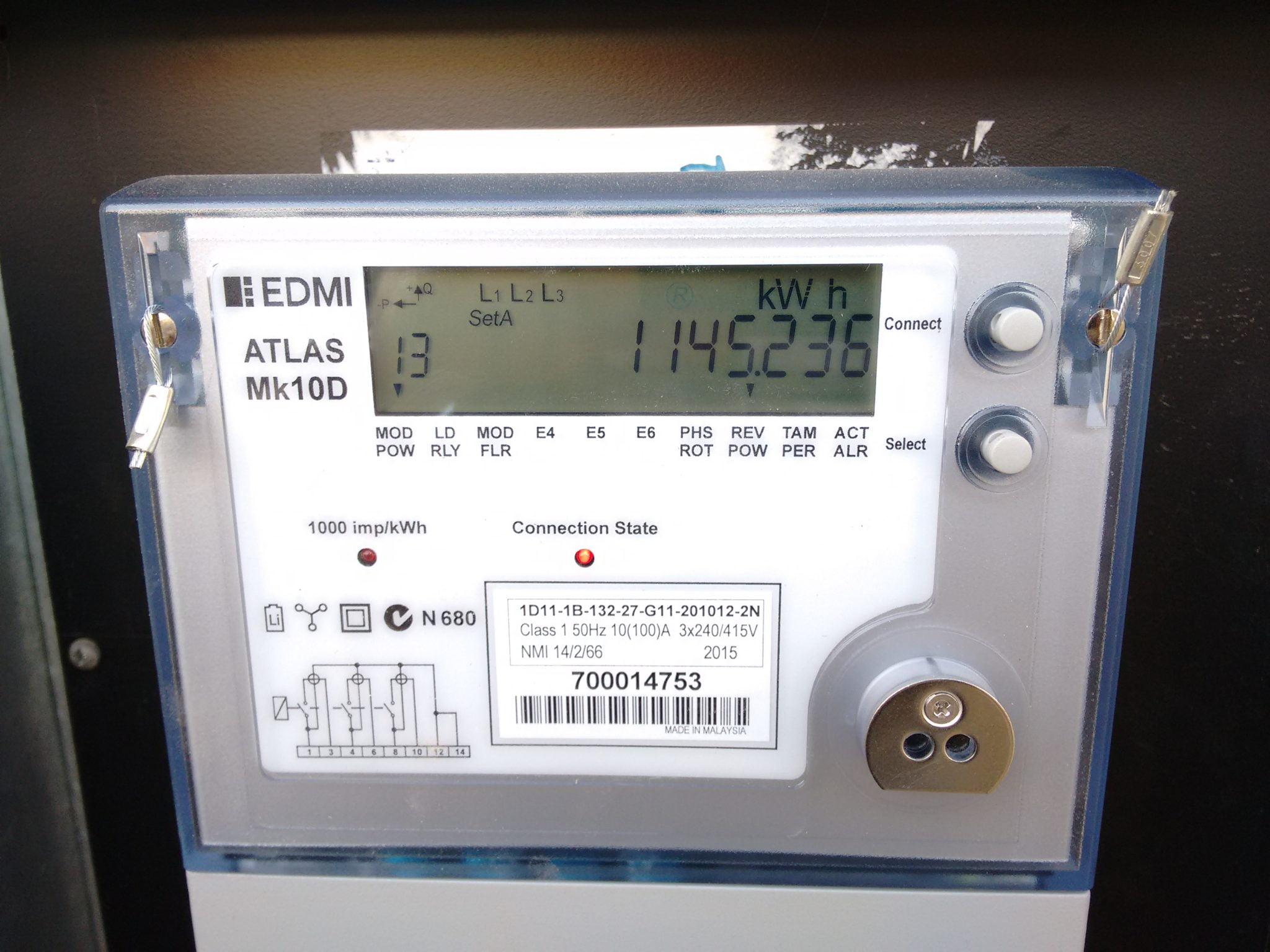You might have heard of the terms Powering Forward and Power of Choice, but do you know what they are all about and how they will affect your business?
In short, the two terms are the Federal Government’s branding of its 15 to 20-year plan for electricity which mainly covers the introduction of smart metering, demand response, distribution pricing principles and allowing energy users to make informed decisions about their electricity use.
This has led to substantial reforms to the National Electricity Market (NEM) following recommendations to the state and federal governments by the AEMC’s Power of Choice review.
What are the aims of Power of Choice?

Power Of Choice aims to provide more opportunities for business owners to make informed choices about how they use electricity based on the benefits of end-use services. POC’s ultimate aim is for consumers to be in the best position to decide what works for them.
It also aims to give businesses more insight into their energy consumption patterns in real time. This allows them to take advantage of demand response offers. Use less at peak times and you will get paid for it.
The POC also aims to reform distribution network pricing principles to improve consumer understanding of cost-reflective network tariffs and give people more opportunities to be rewarded for changing their consumption patterns.
It will also clarify existing provisions regarding the ability of the market operator, AEMO, to collect information on demand-side participation to make its market operational functions more efficient.
Phasing in of smart meters

Power of Choice’s biggest reform will be to replace current analogue electricity meters with digital ones.
These new meters will allow business owners to monitor their consumption in real time and respond to changing conditions throughout the day. Smart meters will allow business users to see what they are using and where and will also do away with estimated bills.
Smart meters will also help establish a framework for open access and common communication standards to support contestability in demand-side participation end-user services enabled by smart meters. This is aimed at supporting consumer choice.
The POC will introduce a new category of market participants for non-energy services in the National Electricity Rules to facilitate the entry of innovative products for consumers.
It will reform the application of the current demand management and embedded generation connection incentive scheme to provide an appropriate scheme to incentivise distribution businesses to pursue demand-side participation projects that deliver net cost savings to consumers.
Demand response and onsite generation for businesses

The biggest consumers of electricity are industrial users such as aluminium smelters. The top 20 use more than all households put together. Households use about 25% of Australia’s electricity. The balance of electricity demand is taken up by smaller industrial and commercial users.
A new demand response mechanism in the wholesale market – option for demand-side resources to participate in the wholesale market for electricity will also be introduced under the POC.
Different electricity tariffs at different times and in different locations to discourage electricity use at peak times is one proposal. Another is to permit big power users to buy electricity from the wholesale market and for consumers to sell their generated electricity (such as from solar panels) to parties other than their electricity supplier. It is also proposed to pay companies to reduce their demand at peak times.
If consumers can exercise their choice and change their demand for electricity, the need for more investment in “poles and wires” will be reduced and hence prices will not need to rise, and consumers will be able to reduce their bills.
The Commission’s recommendations will obviously be beneficial to the big industrial and commercial users of electricity.
The details
The Power of Choice review was presented to the ministers of the COAG Energy Council (formerly SCER) for their consideration in November 2012. Further information about the review is available here.
The AEMC has received a number of rule change requests from the COAG Energy Council and other parties in response to these recommendations. We will consider these proposals in line with the statutory consultation process and will be seeking stakeholder submissions and participation.
More information about Power Of Choice and smart metering
Click on these links for further information about the Power of Choice reforms available on the AEMO and AEMC websites.
You can also click on the following links for information about the phasing in of smart meters in New South Wales, Queensland, South Australia and Victoria.
The Power of Choice reforms have led to some substantial changes to how electricity metering works. Fortunately, Leading Edge Energy has a blog post giving specific information on changes to electricity metering. However, if you’d like to learn even more, you can call us directly on 1300 852 770 or e-mail us at hello@leadingedgeenergy.com.au to talk to one of our Energy Experts.













